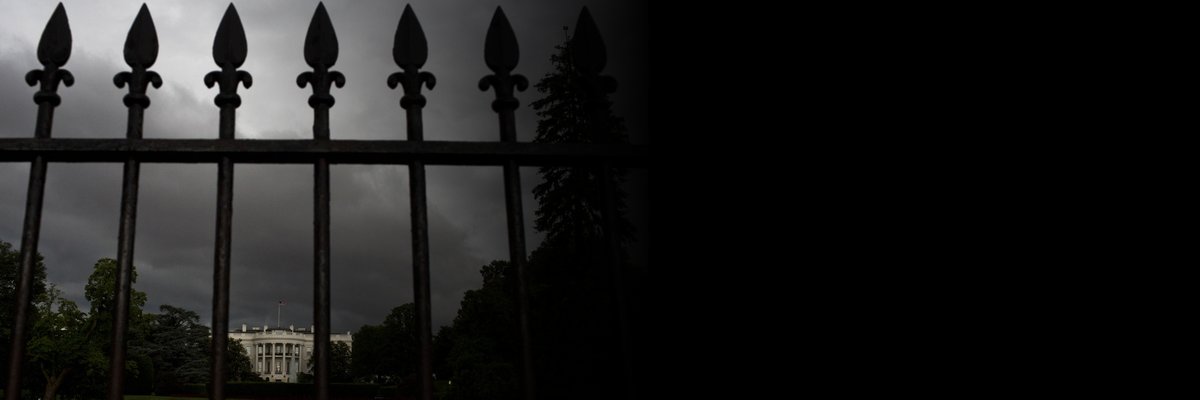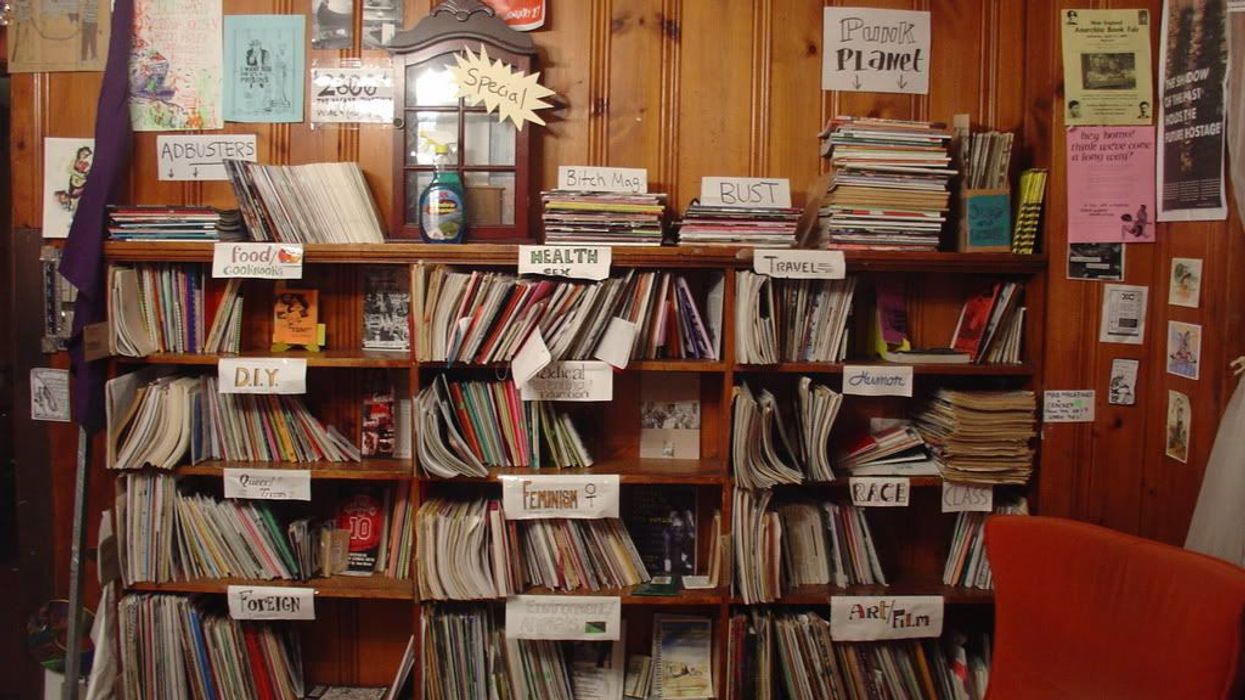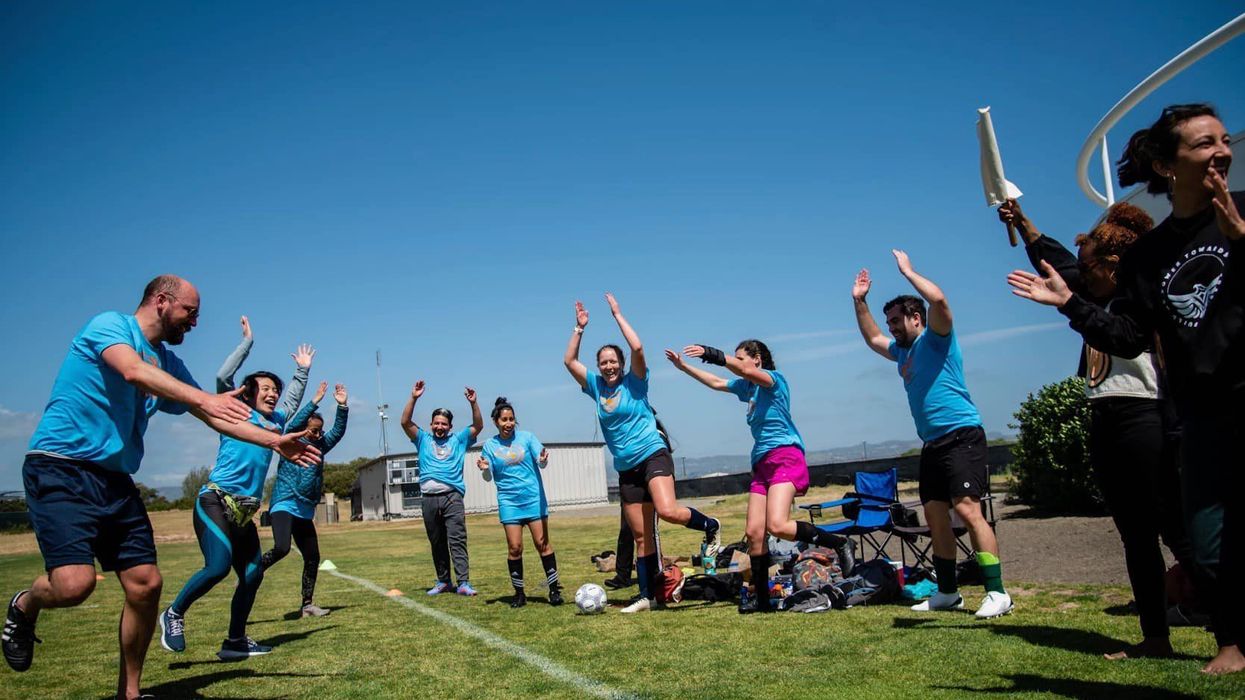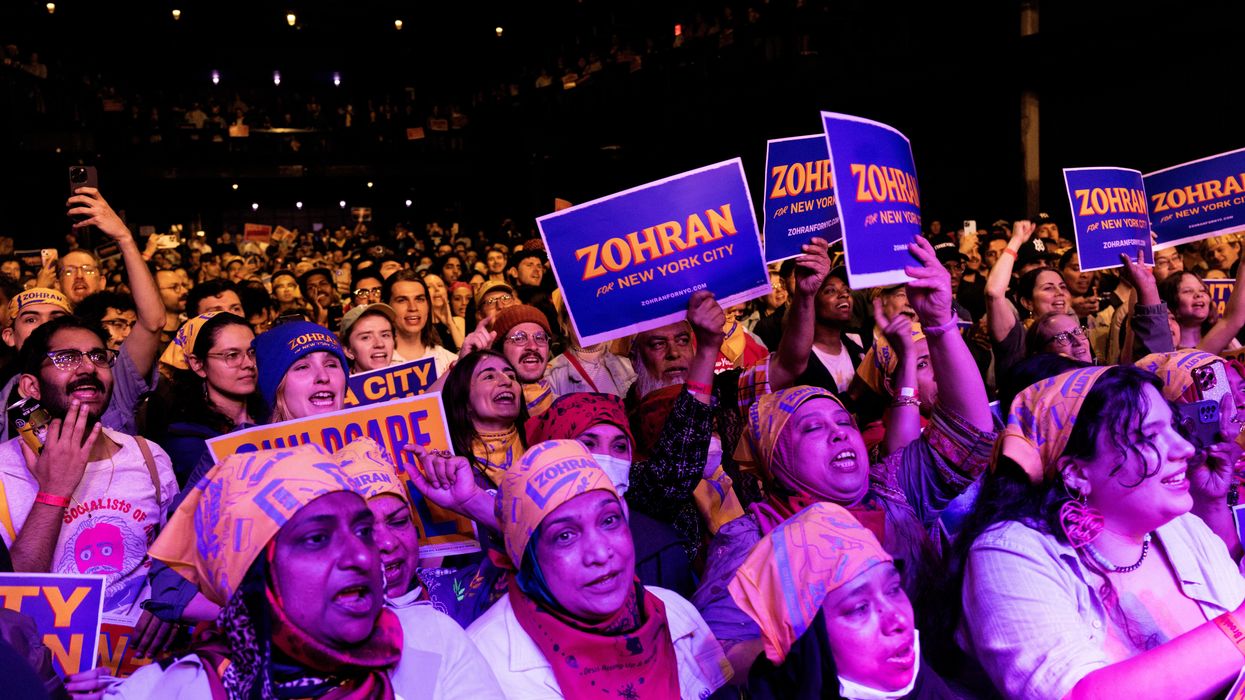Let this be painfully clear: The future will only remember what is preserved today, and the choice is between standing by as stories are diluted or destroyed—or fighting for the record, for the archive, and for the truth with steady, everyday work that anyone can participate in. The war over narrative is here, and ownership of legacy cannot be outsourced, because no one else will know the names, dates, slang, inside jokes, or quiet heroism that define a community’s life.
Sometimes it feels like things are coming apart, and if attention is not paid now, stories—who people are and what has been seen—might disappear for good.
If the caring comes too late, the evidence may already be gone, which is why telling stories and saving the truth matters not just for now but for those who inherit the consequences and possibilities.
The old Jay Z line, “Nobody wins when the family feuds,” lands because silence inside a community becomes absent in the archive, which later becomes absent in the official story, in classrooms, policy, and memory itself.
Are we prepared to wake up only when it is too late, when the consequences directly affect our own families, our block, our congregation, our civic clubs, our schools?
Understand this: It is already impacting daily life, and the fight for story and legacy is happening right now, whether it is acknowledged or not.
History shows that those who seek to erase, distort, or control a people’s story often target libraries, archives, teachers, records, and public forums first.
Even in times of repression, clandestine diaries, underground newsletters, and quietly kept ledgers ensured truths could be reconstructed later, and that same imperative presses upon the present: Document clearly, share responsibly, preserve redundantly, and hold the line until silence cannot take root.
If the caring comes too late, the evidence may already be gone, which is why telling stories and saving the truth matters not just for now but for those who inherit the consequences and possibilities.
Some systems are actively reshaping what counts as “official,” especially where histories of self-defense, mutual aid, organizing, and everyday cultural brilliance live, and if those are not written down, recorded, and stored safely, they can be excluded from the record that shapes future understanding and power.
This is not about one person or one group—it is about building a durable, collective record that includes the messy parts, the small details, the contradictions, and the joy.
Recordkeepers, librarians, archivists, genealogists, teachers, artists, and elders carry a heavy responsibility, but this work is also neighborly, teachable, and doable at kitchen tables, barbershops, churches, community centers, and school hallways.
If there is one takeaway, it is this: If the future matters, start saving things now, even if imperfectly. Write the story, label the photo, date the flyer, back up the voice memo, and share what is known in forms that can travel, be understood, and be retrieved later.
Start small and steady: one labeled photo, one recorded memory, one folder that makes sense to someone else tomorrow, and one backup in a safe place, repeated week after week until a living archive appears.
Because nobody wins if silence is allowed to do the writing, and the time to act is right now so that the record stands, speaks, and protects those who come next.



